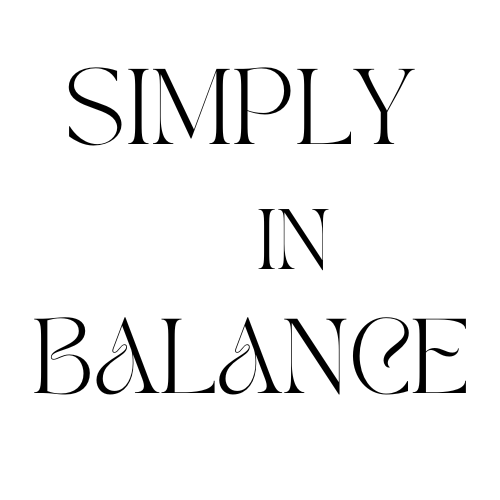Eat the rainbow and feel happy.
There is a truth behind the common advice to eat at least 5 portions of fruits and vegetables every day. But the colour matters too. Eating fruits and veggies of different colours every day is so beneficial for your body. Let me explain you a bit why.
Red/Purple/Blue
Red/purple blue fruits and vegetables are rich in anthocyanins. They are very beneficial to keep our heart and memory in good shape and studies have shown that anthocyanins decrease the risk of cellular degeneration.
Red, purple, and blue foods are high in essential nutrients. Strawberries and beetroot are good sources of folic acid. Beans are packed with fiber, protein, and iron and folic acid. Cranberries, strawberries, raspberries, grapefruit, blueberries, and red bell peppers all are full of vitamin C. Red bell peppers are loaded with vitamin A, which is beneficial for eye and skin health. Cherries, prunes, and eggplant have plenty of fiber, which help digestion and gut health.
Cherries, figs, and tomatoes contain high amounts of potassium that helps lower blood pressure. Red, blue and purple foods also contain lycopene, which is good for a healthy heart. Watermelon and tomatoes are great sources for lycopene. Did you know that tomato sauce has more lycopene than raw tomatoes?
Red/orange
The antioxidant betacarotin is converted to vitamin A in the body and is associated with eye health, cancer prevention and healthy skin.
Other nutrients found in orange and yellow fruits and veggies include vitamin C, potassium, folic acid, and bromelaine. Oranges might be the most common fruit we eat for vitamin C, but vitamin C is also present in orange bell peppers, sweet potatoes, peaches, mangoes, and papaya. For folic acid, carrots, cantaloupe, summer squash, and corn are a good source. And make sure you eat plenty of pumpkin, sweet potatoes, and butternut squash, loaded with blood pressure–lowering potassium. Bromelaine, an enzyme in pineapple, can help indigestion and reduce swelling and infection. It may also fight artherosclerosis, though the research is still inconclusive.
Greens
Leafy greens (kale, romaine lettuce, spinach, and collard greens) should be a part of your daily diet. Aside from being high in vitamin A, leafy greens are also a good source of calcium. Be sure to load up on deeply colored greens to get enough of the essential mineral.
Cruciferous vegetables, like broccoli and brussels sprouts, are also high in vitamin A. Other green foods, like kiwis, green bell peppers, broccoli, and cabbage, are great sources of vitamin C. In fact, most green foods have some mix of vitamins and nutrients. That's why you should vary your menu with herbs (like basil, parsley, thyme, and cilantro), fruits (like apples, pears, grapes, and kiwi), and veggies (like asparagus, zucchini, green beans, and onions).
Whites
Normally you should avoid a diet that's filled with white foods, such as white bread and potato chips but for veggies and fruits white is good. Onions, cauliflower, mushrooms, white beans and bananas are white.
Turnips, which are high in vitamin C, and parsnips, a good source of vitamin C, folic acid, and fiber. Potatoes, bananas, and fennel are all high in potassium. And fennel is also packed with vitamin C and fiber. Mushrooms are a good source of riboflavin (vitamin B2) and niacin.

